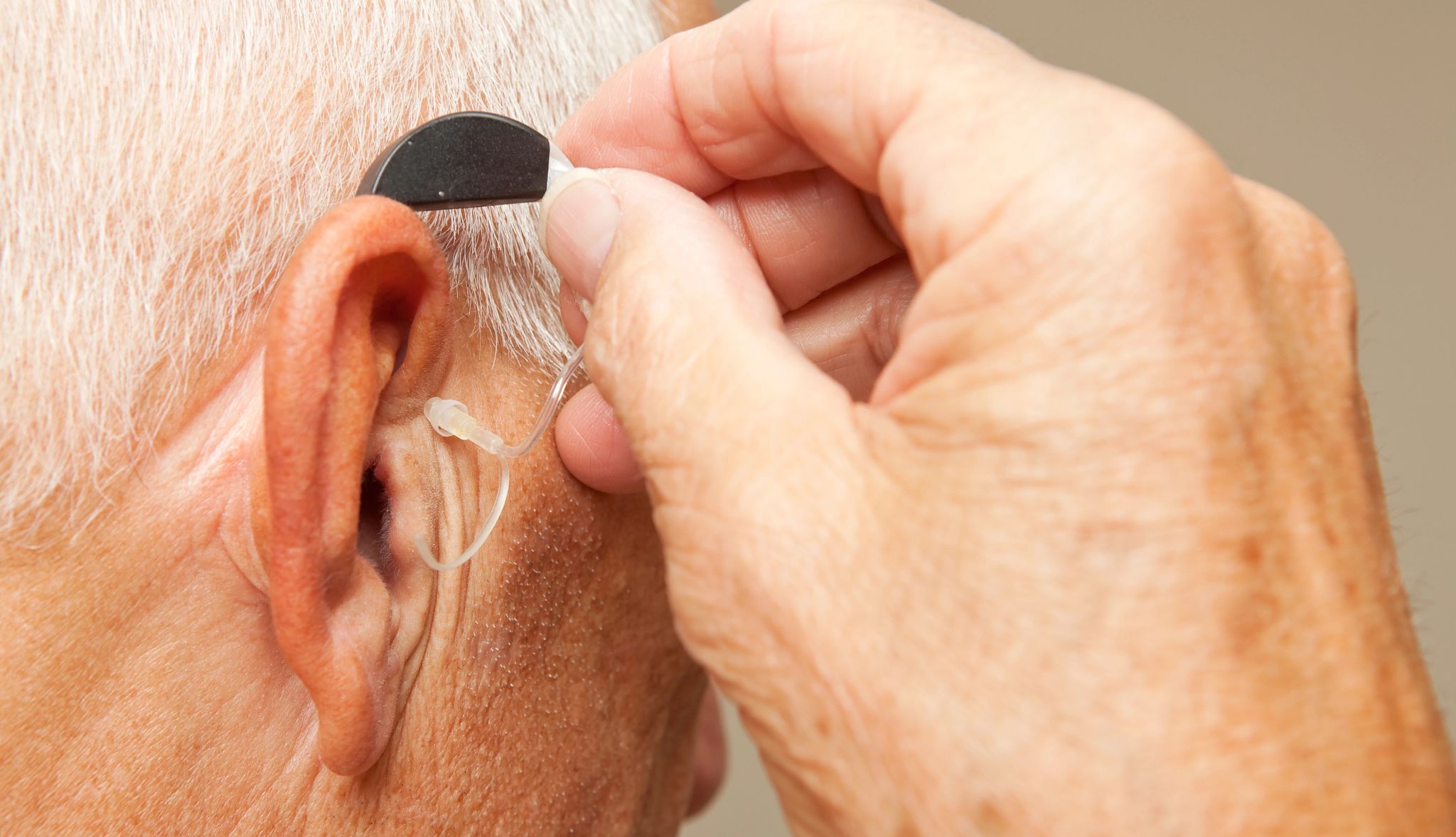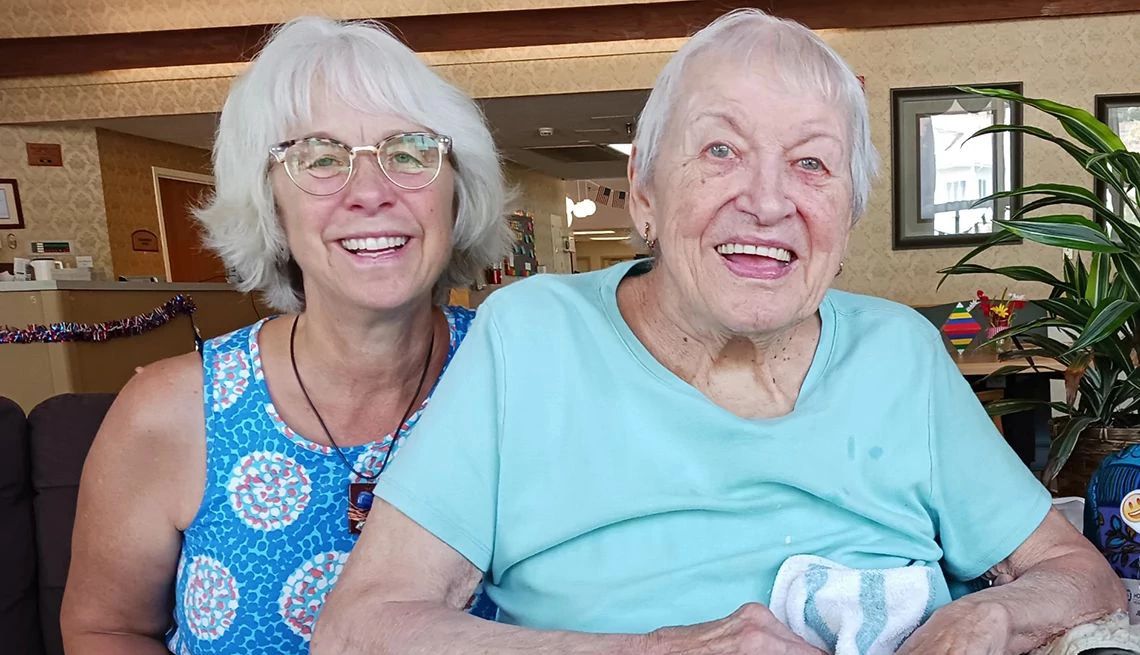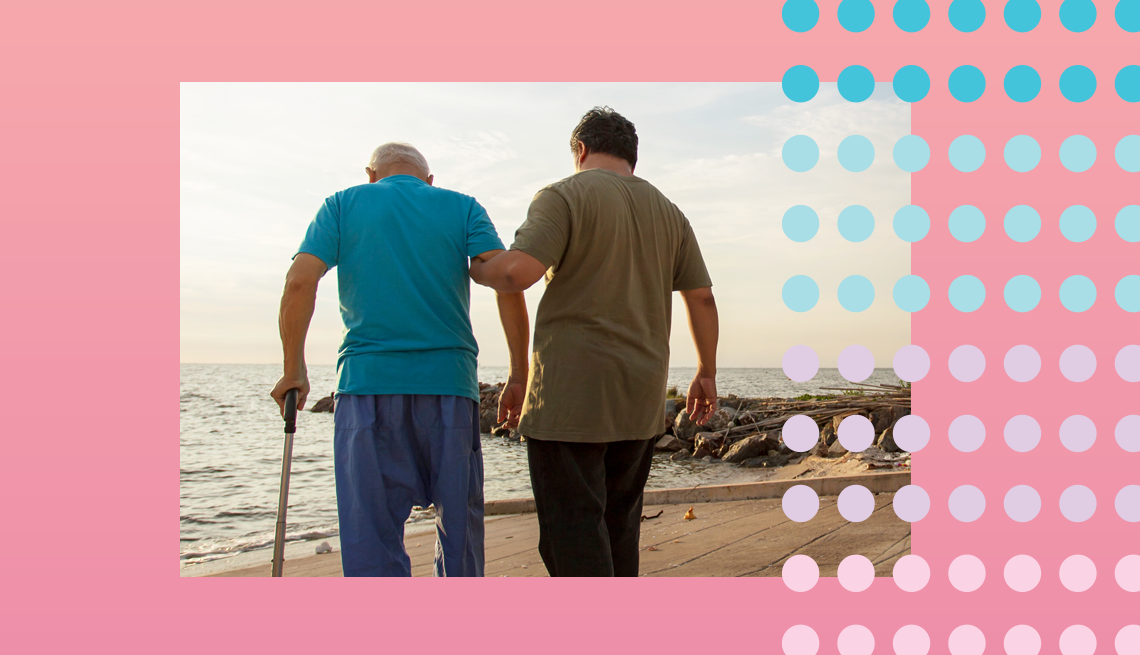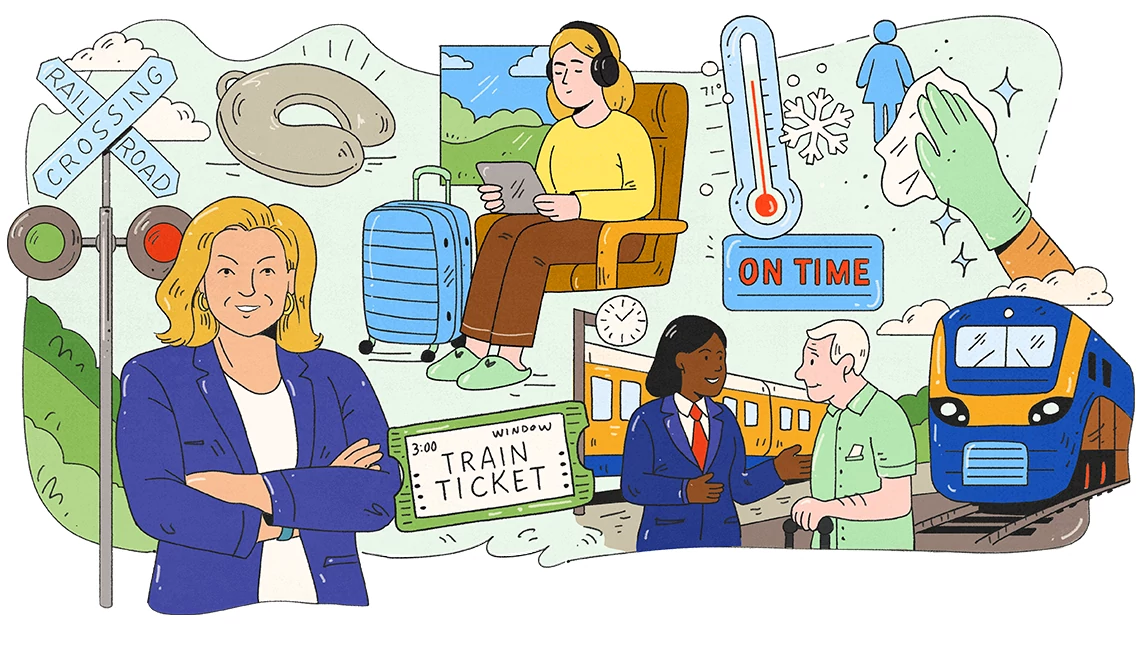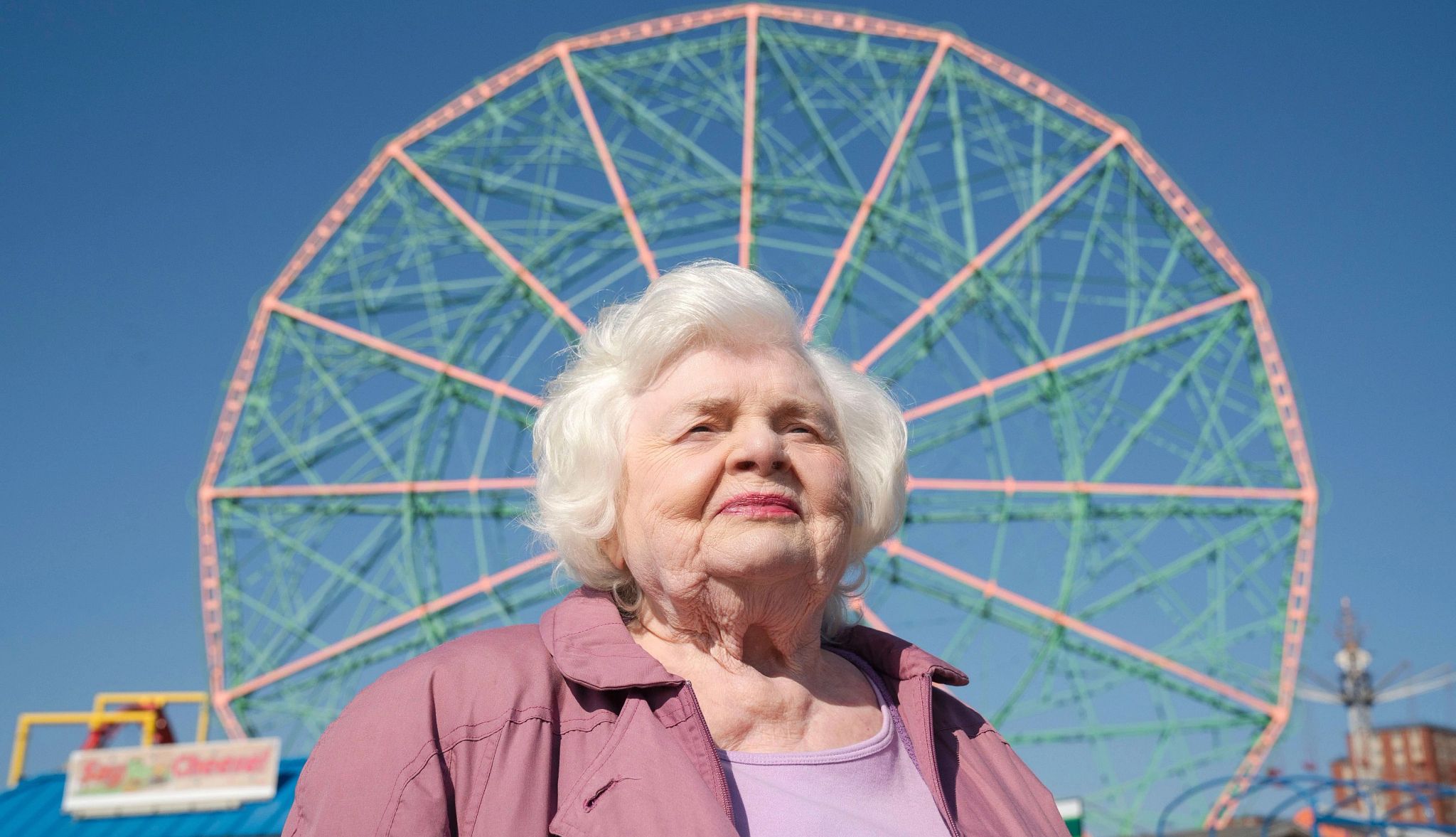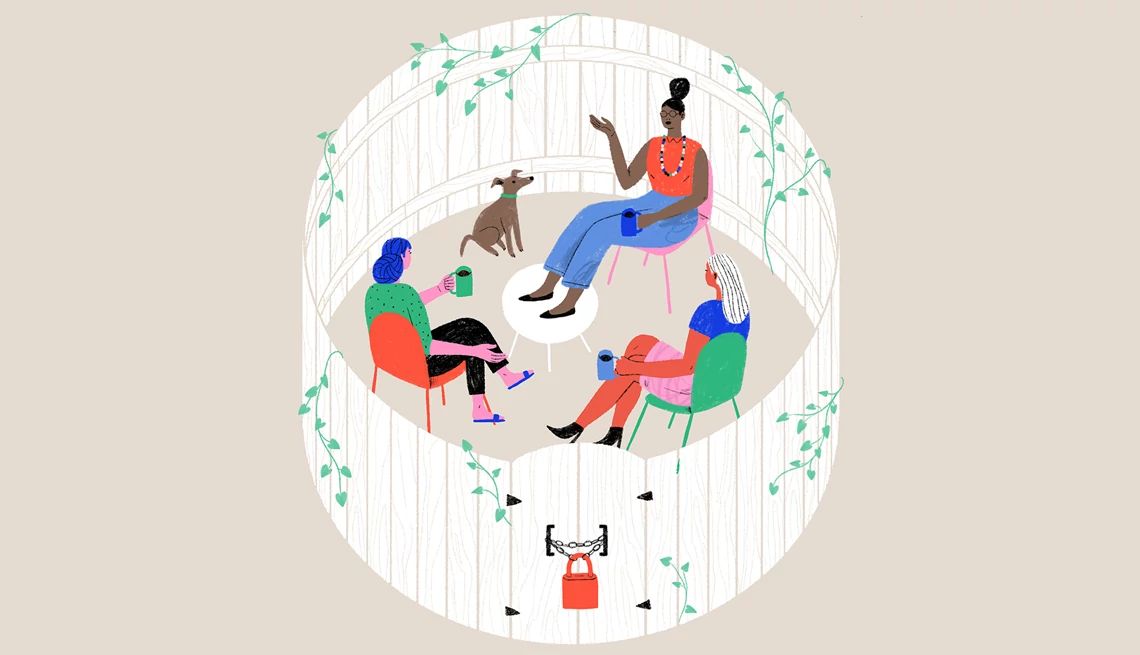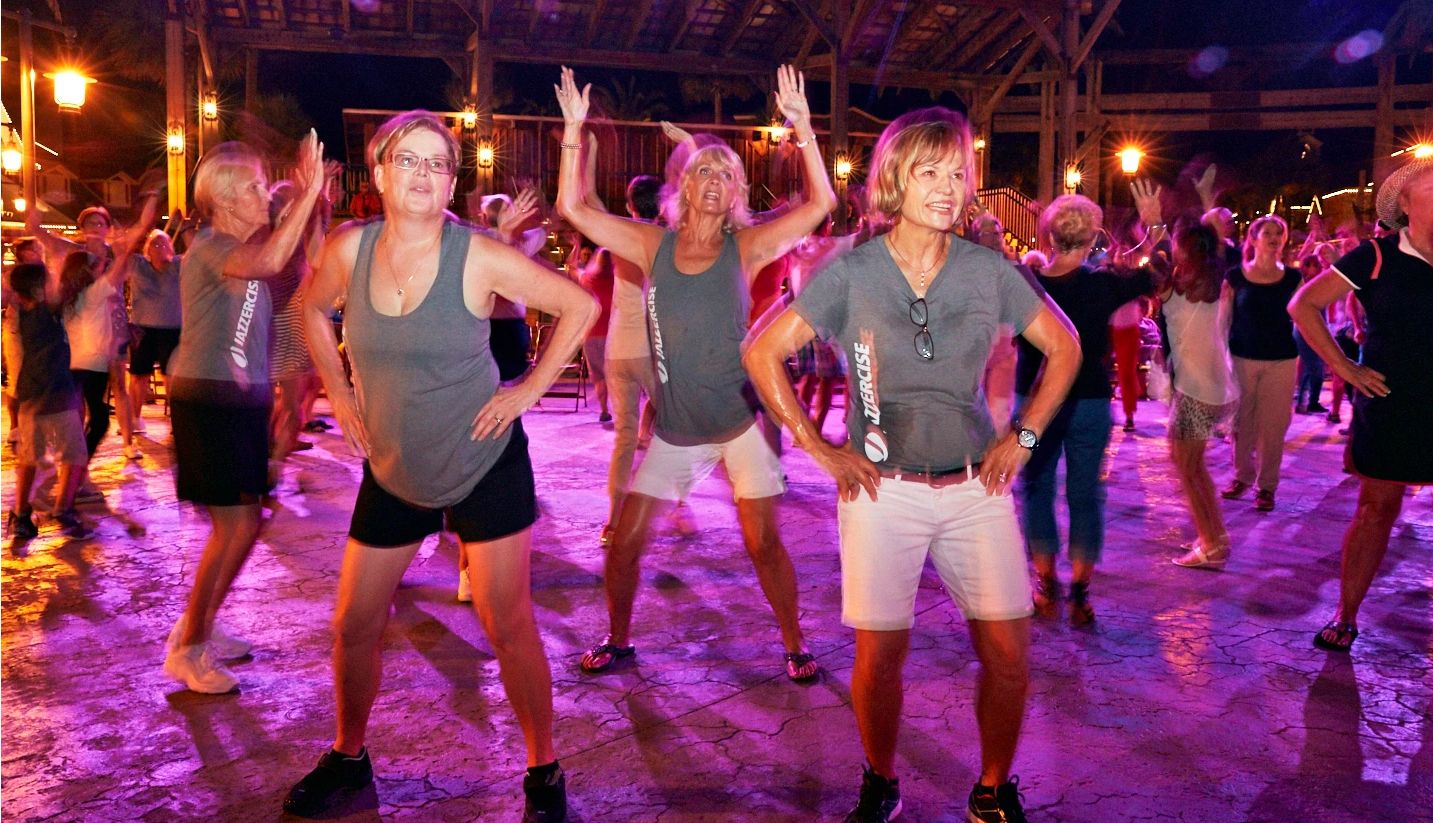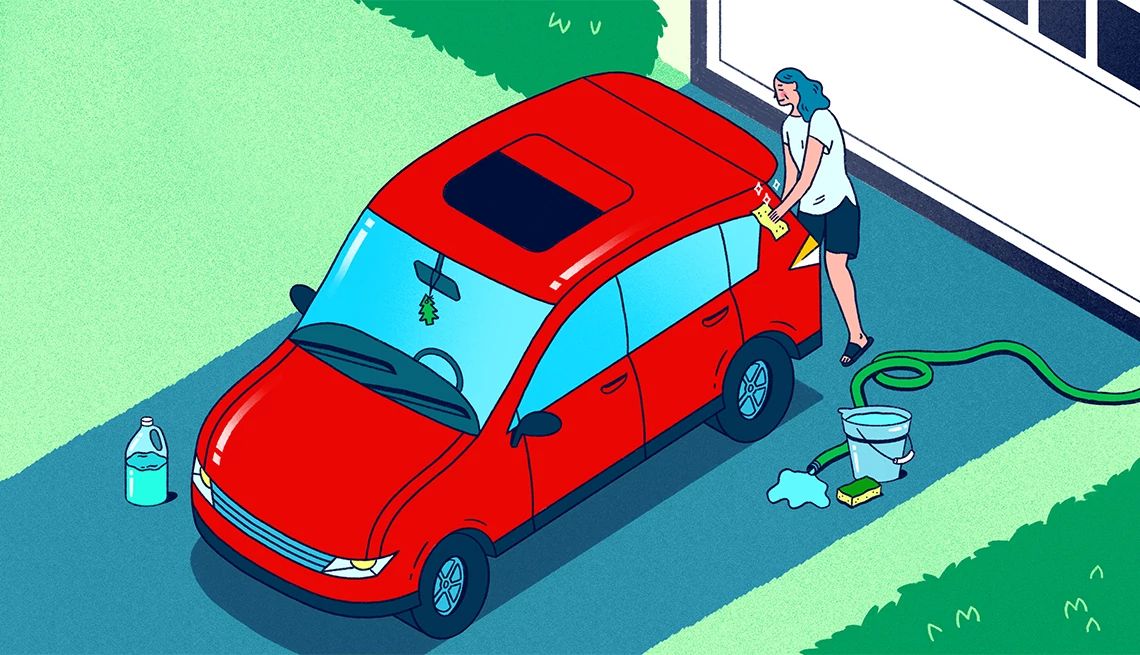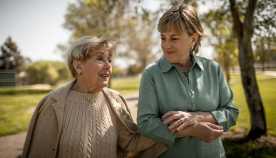AARP Hearing Center
GROWING AARP’s WORK IN COMMUNITIES ACROSS THE COUNTRY
By Nancy A. LeaMond, January 24, 2025 10:22 AM
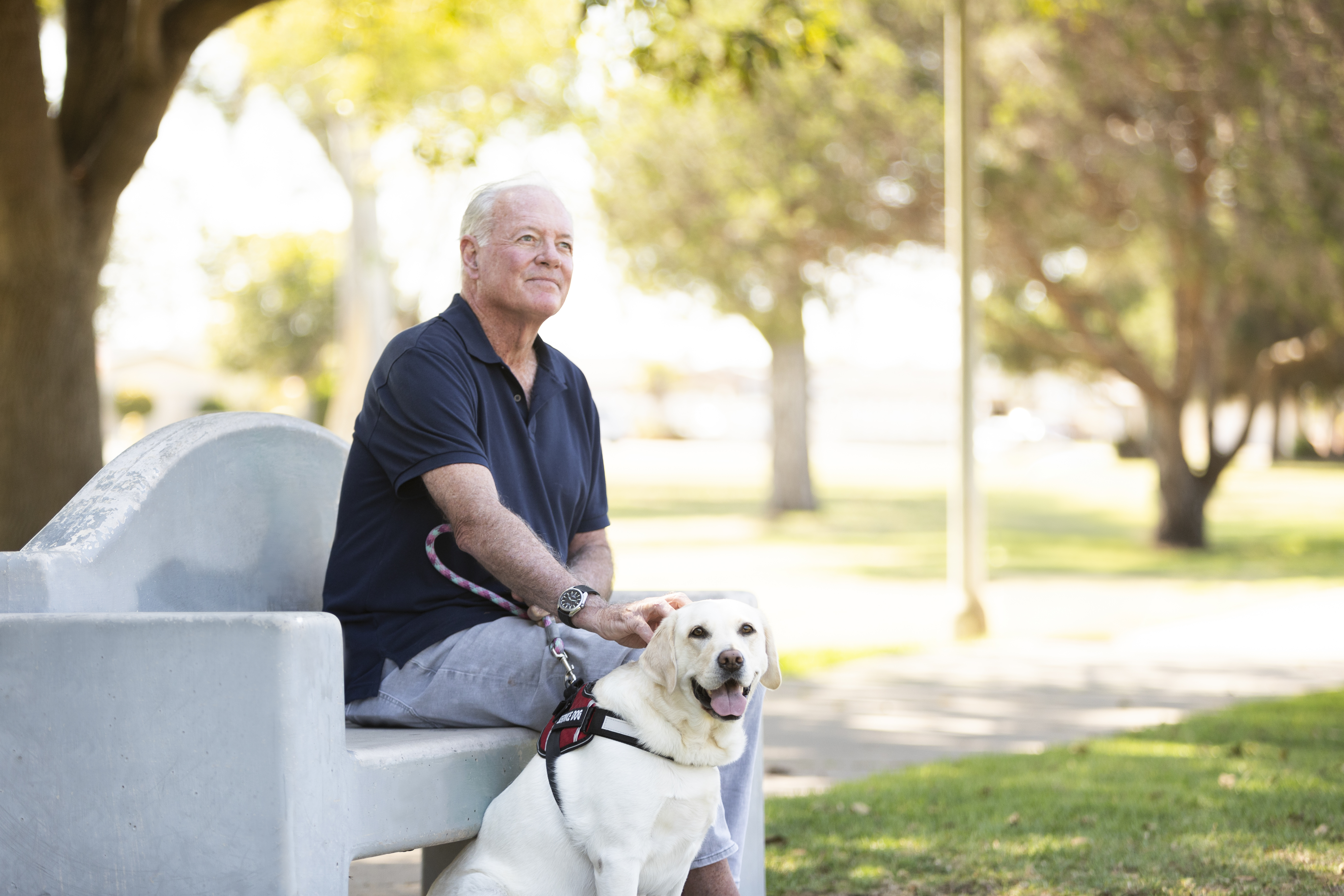
Today, our politics feel more and more national in scope. Whether you’re chatting with a neighbor, scrolling social media, hearing from a politician, or turning on cable news, themes with broad impact such as immigration, international conflict, and abortion appear to be the focus of conversation.
But last week, I had the opportunity to connect with a handful of mayors and other local leaders at the U.S. Conference of Mayors, and they reinforced for me that everyday concerns- things like responding to disasters, unfilled potholes, housing, and transit options in community- are very much top of mind for voters. These mayors operate where the proverbial rubber meets the road in our communities. They see directly when something is working. And get immediate – and very direct – feedback from constituents when it isn’t. They are a great barometer for the needs of those they serve, and they don’t let things get lost in the shuffle. That’s why I’m proud that AARP plays an important role as partner to these leaders and advocate for our members by delivering impact through our livable communities and local advocacy work.
Our efforts at the local level have grown considerably over the years, to the point that now there are 1,500 places across 1,000 counties in the U.S. where AARP’s resources are being leveraged to improve communities.
This includes 940 Age Friendly Communities, where AARP serves as a catalyst to educate local leaders and encourage them to implement changes to their communities to make them more livable for people of all ages, especially older adults. We do so by providing them with national and global research, planning models, and best practices. At the same time, we help to elevate resident’s voices to ensure leaders are including their feedback as they make their town, city, county or state an age friendly place to live. It’s worth noting that close to 100 million people live in a town, city, county, territory or state that is a member of our Network Age-Friendly States and Communities.
We’ve also provided 1,700+ AARP Community Challenge Grants across 1,000 cities to a tune of $20.1 million invested since 2017. These grants work to make cities and towns throughout America more vibrant for people of all ages and abilities. To date, the program has resulted in nearly 40,000 tangible improvements and more than 6,000 new resources, activities and programs nationwide and we estimate the program has directly benefitted 12 million people. We are now accepting applications for the 2025 Community Challenge Grant Program as we look to continue to grow our impact through this program.
AARP has also led roughly 330 successful local advocacy efforts resulting in policy changes across 130+ communities over the last five years. These local advocacy efforts lead to positive changes in our members’ lives and occurred in red, blue and purple communities alike. A few different examples that showcase the range of this work include:
- Enabling New Housing Choices in Omaha, Nebraska (2022): AARP Nebraska has championed efforts to bolster housing options at the state and local level. In 2020, the Nebraska state legislature passed the Missing Middle Housing Act, which requires Nebraska’s 11 largest cities to assess existing zoning standards and housing stock and develop action plans to achieve more housing options. AARP Nebraska provided technical assistance, participated in working sessions for the city’s Affordable Housing Action Plan and supported a code audit, with AARP Community Challenge grant funding supporting missing middle housing design competitions. As a result, new permits have been issued for accessory dwelling units and other housing options across the city.
- Giving People Permanent Open Streets in Austin, Texas (2020-2021): During the COVID-19 pandemic, AARP Texas advocated to expand access to public green spaces through advocacy for open streets, which close roadways to vehicle traffic, giving residents more space to gather outdoors. An AARP Community Challenge grant helped fund activities and storytelling events to demonstrate the value of open streets and an AARP-facilitated review of the city’s code recommended codifying street closure procedures. As a result, the Austin City Council adopted a resolution in 2021 to establish the Living Streets program and in 2022 the city manager advanced a solution for permanently funding and implementing slow streets. Since then, AARP Texas has continued to host walking groups with our members and volunteers.
- Expanding Bus Service in Greater New Orleans, Louisiana (2023): In an advocacy effort to improve transportation options for older adults, AARP Louisiana worked with AARP’s technical assistance partners to organize a transit ride along in Greater New Orleans. The state office hosted the City of Kenner’s Mayor on a bus ride to understand gaps in public transportation services. As a result of this advocacy push, the Kenner bus route is now improved, and more bus routes have been added to accommodate older adults.
A long-time adage in politics is that “all things are local.” I believe this is still true today and that transformative change can start and be led at the local level. AARP will continue to prioritize this work by partnering with local leaders and advocating on behalf of those we serve at the federal, state and local levels to address the needs of our members and older adults everywhere.




